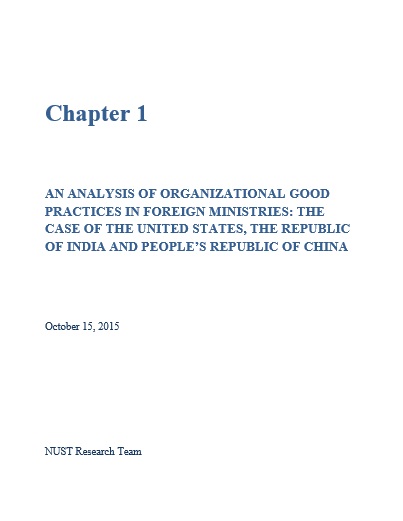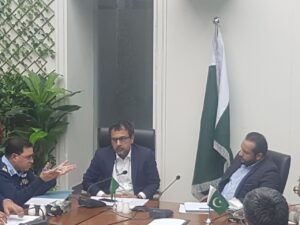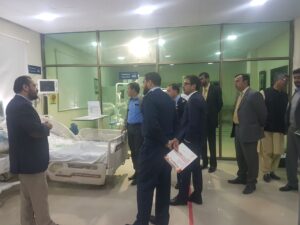As per the theory of New Public Management, a more managerial approach to administration yields better results and prompts the government departments to perform better. In the light of this theory, our study aims to improve the working of the foreign office of Pakistan.
This will be a series of four papers, of which this is the first. To complete the target we will initially be exploring the good practices of different countries around the world as case studies. The paper will compare foreign offices of US, India and China, and benchmark the good organizational practices followed. Five key areas were studied and good practices highlighted for each area.
For example, the Unites States allows citizens up to age 59, to join the Foreign Service which may bring up experienced and talented mid-career professionals. India on the other hand has shown good delegation for research by making divisions based on geography and further categorizing them according to their significance to the country. A combination of the good practices mentioned in the length of the paper, as well as a constant effort to upgrade potential, can tremendously improve the working of a foreign office and strengthen diplomacy for the respective country. These findings will become a key to suggest recommendations for prospective reforms within Ministry of Foreign Affairs of Pakistan.
Introduction:
Ministry of Foreign Affairs bears the important responsibility of bearing a country’s mandate in the international political arena. The sovereignty of a country is reinforced by the diplomatic relations maintained by the ministry and the policies introduced. Foreign policy is often considered as the first line of defense of any country1. Foreign ministries are responsible for all the external relations of a country including defense, security, trade, commerce, tourism and even soft portfolios such as sports and culture. Domestic and foreign affairs of a country are inter-dependent and hence it is very important to reach a level of stabilization in foreign affairs for a country to progress. In order to have strong policies that have a lasting positive impact on the country, in democratic governments, it is very important for the foreign ministry to be both efficient and effective. For studying that, it is important to delve deep into the structures that make the organization. In the theory of New Public Management, Hood (1991) suggests that a more managerial approach to administration yields better results and prompts the government departments to perform better2.
This paper is the first in the series of four papers which will ultimately lead up to a concise reform plan for the Pakistan Ministry of Foreign Affairs. For this purpose we will present cases from around the globe, of organizational practices that have been exceptionally good i.e. this paper. The next paper will study the existing structures of the MoFA in extensive detail. The study will be followed by reform recommendations and finally a workable reform plan.
The paper aims to study the organizational good practices from the foreign ministries of a select pool of countries. For this purpose, five key areas have been chosen namely,
Structure Recruitment Training and development Communication Research
These five characteristics were studied in the foreign ministries of three countries: the USA, Republic of Indian and People’s Republic of China. The selection of the countries has been based upon indicators such as strength of the ministry, inculcation of latest technology and historical and political importance of the country. The United States is the world’s most prominent power while China is the rising economic power. Studying the structures of India is imperative to Pakistan as that will cover the South Asian context.
In the paper, the existing structures of the countries above mentioned will first be presented, followed by an analysis of good practices. All relevant figures such as organograms will be attached to support the text. This format will be followed for all five key areas. A matrix will be presented which will serve the purpose of displaying information on the countries in clear and concise form, easy to compare. The paper will conclude with the findings presented in a summary matrix based on the criteria discussed before. These findings will become a key to make recommendations for suggesting reforms within Ministry of Foreign Affairs of Pakistan
for more details please view pdf





